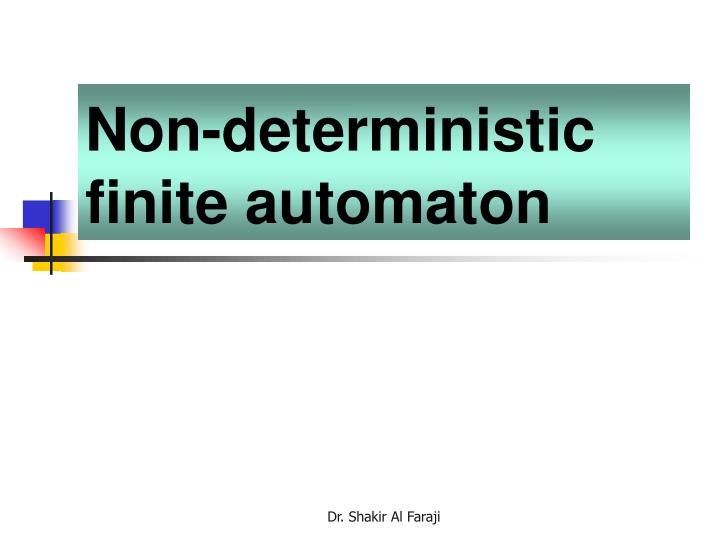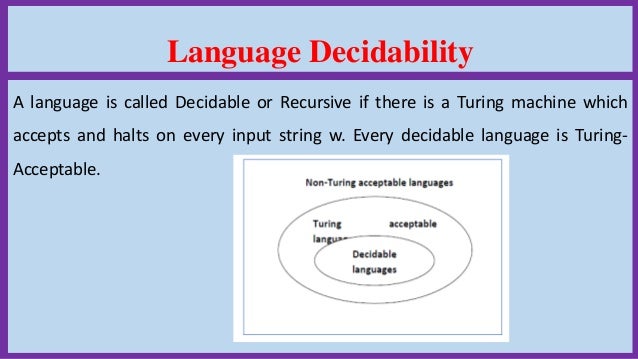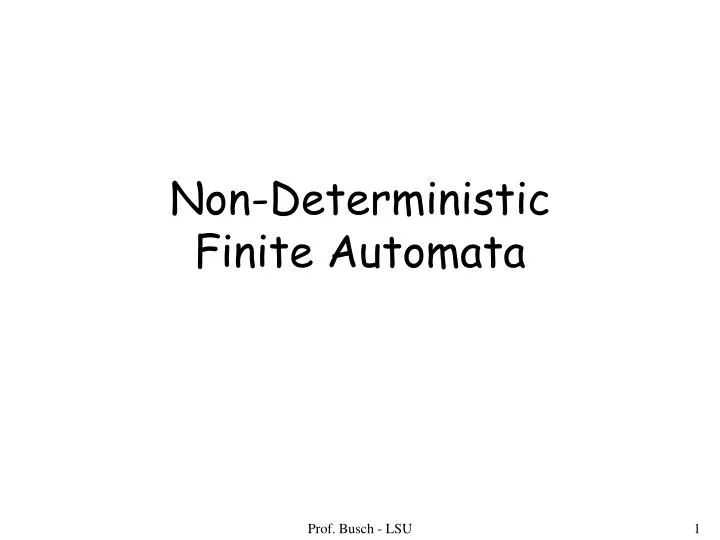
Again, you may need to reuse some existing states to keep it a DFA. Finally, to settle the parity bit is easy, because the final state must come immediately after $S_0$ or $S_1$, and of course you expect a zero after $S_0$ and a one after $S_1$. Lastly you do chunk "1010", but to keep it a DFA you reuse the part that recognizes the first bit. : It is a transition function that takes two arguments, a state, and an input symbol, it returns a single state. : A non-empty finite set of input symbols. Intuitively, the non-deterministic automaton can make several transitions in parallel (and you have to take into account all of them), while the deterministic one has only one way to move at every step. A deterministic finite automata is set of five tuples represented as, Where, Q: A non-empty finite set of states in the finite control (qo, q1, q2, ). Then you do chunk "1101" in the same way, but since it has an odd number of zeros, the sequences go to the opposite main state instead, namely from $S_0$ to $S_1$ and from $S_1$ to $S_0$. Also, a non-deterministic automaton can transit from one state to another even without reading input (these are \varepsilon-transitions).

Note: it doesn't have to be the same accepting state. A word is part of the automaton language if and only if the automaton finished on an accepting state and it was in an accepting state at least once before. Since it has an even number of zeros, you need such a sequence from $S_0$ to $S_0$ and a separate such sequence from $S_1$ to $S_1$. Finite Automata is characterized into two types Deterministic Finite Automata and Non Deterministic Finite Automata. I was given a new definition for a language of an automaton. You then build a sequence of states to recognize the chunk "00010". In other words, you have two main states $S_0,S_1$, one for each parity between each chunk. Instead of parity up to the current point it is simpler to remember parity up to before the current chunk. You want to keep track of which of the 3 types the current chunk is and how far along the chunk you have read, and also the parity of the number of zeros you have seen so far, at least until the very end. In this problem the string without the parity bit breaks into chunks of 3 types. R r1 Convert Regular Expression to DFA - Compiler Design.

The idea is always to pretend to be a DFA and determine exactly what you need to keep track of. deterministic-finite-automata Here are 99 public repositories matching this topic. Funky Alphabet Combine colorful letters with fun patterns and images to create names and. Here is another approach which requires some thought but is actually easier to get right (once you understand it). If a deterministic nite automata with states does not contain a loop, then at most it.

#Deterministic finite automaton funny t shirt how to#
The other answer does not require any thinking. How to identify Asian, African, and Middle Eastern alphabets.


 0 kommentar(er)
0 kommentar(er)
